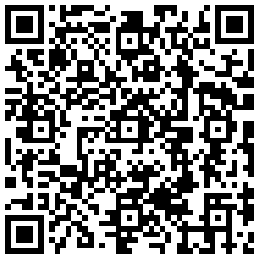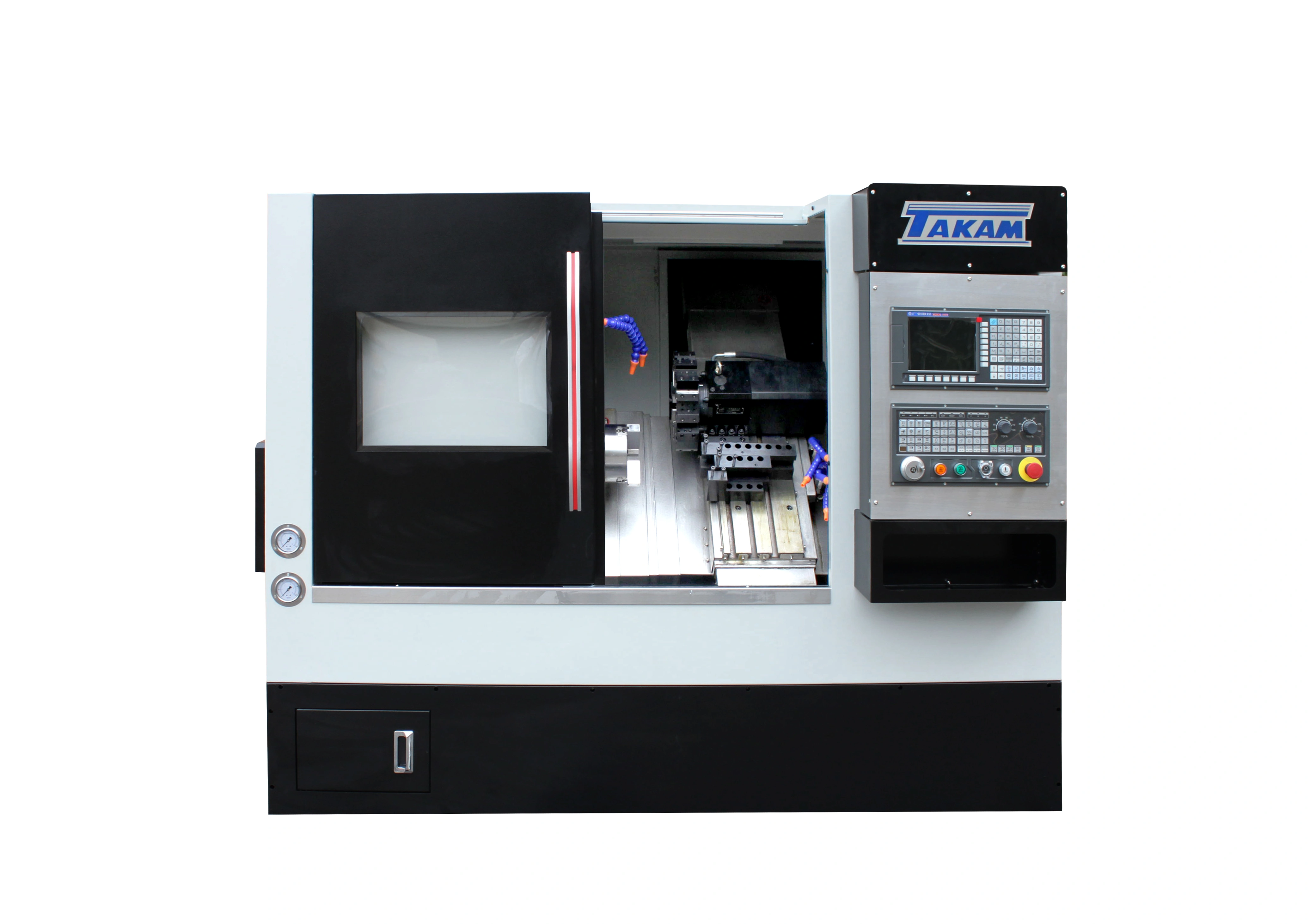
If you are in the manufacturing business, then most likely you’ll have heard of a CNC Lathe, even if you haven’t used one before.
CNC lathes are commonplace in the manufacturing industry and are often a crucial part of the manufacturing process, mass-producing key elements that are used to create everyday products such as cars.
This article explores some lesser-known facts about CNC Lathe machines that even experts may not be aware of!
What is a CNC Lathe Machine?
Before we delve into the lesser-known facts, let’s first address what exactly a CNC machine is.
CNC stands for ‘Computer Numerical Control’, which refers to the process by which it operates – the machine relies on a computer programming integration, which provides the template design it works from. At Takam Machinery we offer a wide range of CNC controllers for our users to choose from for their habit of usage such as Fanuc, Mitsubishi, Heidenhain, Fagor, Siemens, GSK, and Syntec. CNC lathes are heavily used in the production of metal components such as auto parts and operate by a turning process.
This turning process is performed through the application of pressure on the workpiece to make flexible shapes, which can be programmed to become whatever the program designs the component to be shaped as.
5 less Common Facts About CNC Lathes
1. Not Just for Producing Parts
Though CNC Lathes are often used for the mass production of parts in the manufacturing industry, there are many other possible applications for this machine. CNC lathes do not need to be industry-specific and have been used in a variety of pursuits such as jewelry making, metal molding, equipment shaping, cutting, drilling, car components manufacturing, and dying.
2. Continuous Running Capabilities
Did you know that CNC lathes are equipped to run continuously? Along with its high precision and optimum quality output, a continuous run time allows users to produce high volumes of high-quality goods, minimizing delays and ensuring the smooth running of the business.
3. Identity Change
One of the critical aspects of the CNC lathe – the ‘computer’ part – wasn’t always around. Before computers were invented, CNC lathes were previously called numerical controls. Rather than relying on computers to programmed the design of the object, machining processes like turning, drilling, milling, shaping, etc.
4. High Flexibility
CNC machinery is highly flexible because it relies on programming to produce output. If you want to produce something different all you need to do is change the programming to change the output – simple!
5. Back to Basics
The earliest CAD technology used by CNC machines was punched or perforated tape – a data storage system that consisted of a long strip of commands to be input into a computer back in the 1950s and 1960s. But nowadays all the programs are computer generated and coded by engineers.
Takam Machinery currently provided CNC Lathe models:
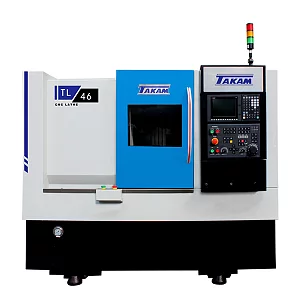
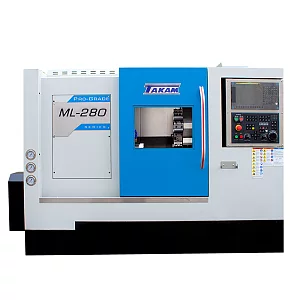
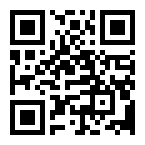

 简体中文
简体中文






